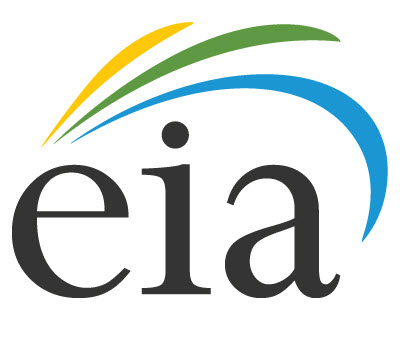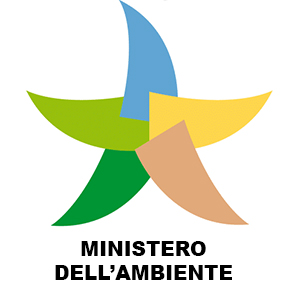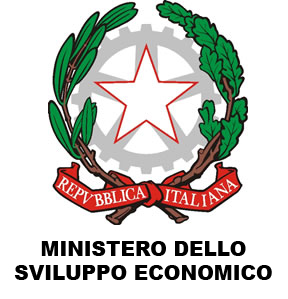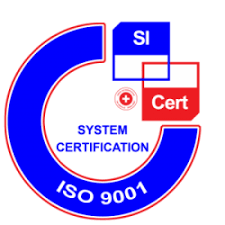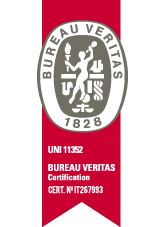Solar thermal systems are devices able to capture solar energy throughout the year, store and use it to produce hot water or heat homes and small condominiums. This technology is based on the solar collector or solar panel, which converts the energy of solar radiation into thermal energy (heat) and accumulate this energy by heating a fluid in a tank.
Solar thermal systems are divided into:
• natural circulation systems, which have the boiler installed on the upper part of the thermal panel;
• forced circulation systems, which have the boiler in an inner part of the building
The hot water produced can be used to for a domestic supply and/or as an integration of the building heating system, as indicated by the table :
|
Natural circulation systems. Production of domestic hot water. |
Forced circulation system. Production of domestic hot water, heating integration. |
|
Private homes Condos with autonomous systems Second homes (sea, mountain, lake) Camping sites, residences, mountain shelters |
Private homes Condos with centralized system Second homes (sea, mountain, lake) Campsites, Residence, Farm Holidays Gyms, sports centers, swimming pools |
The advantages of a solar thermal plant can be summarized in:
- an energy saving of 70% - 80% on annual basis for plants used for sanitary water production only. During spring / summer seasons the energy saving of those systems can reach 100%.
- an energy savings of 20% - 40% on annual basis can be obtained in case of heating integration.
Considering an average annual cost per family of 2000 Euro / year with traditional fossil fuels, the savings would cover the costs of the equipment provided by Restag in few years. At the same time comparing the investment with the operational life of solar heating systems ( which is > 20/25 years), the cumulated economical advantage assumes a relevant importance.


